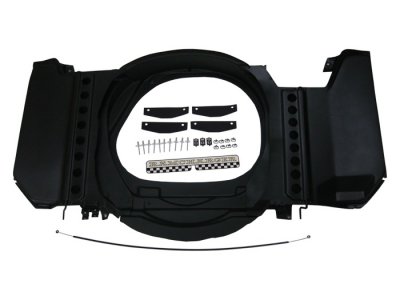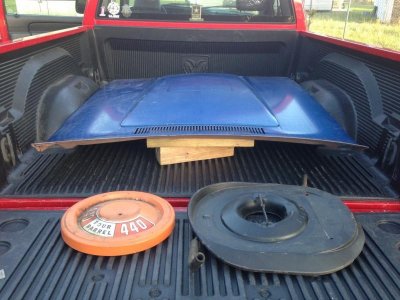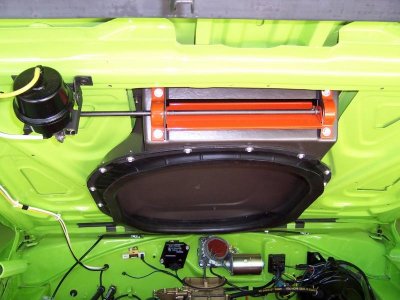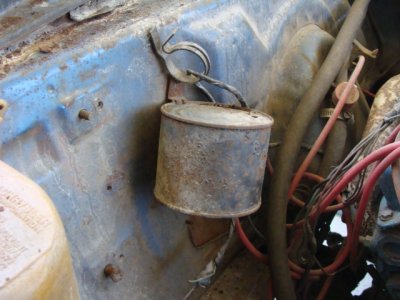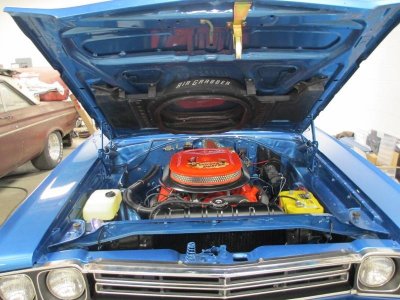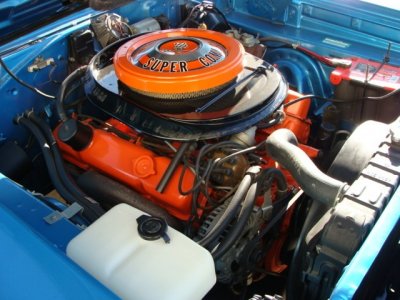73runner
Well-Known Member
I've been toying with the idea of making the power bulge hood functional. My idea would involve removing the trim covers and cutting out the section behind the "louvers" trim. The idea would be then to put in two covers that would pivot out under low vacuum signal or via a vacuum switch similar to the pop up air grabber set up. that would get you two 7 square inch opening to start with. From those openings i would then mount an air box to the hood where it would mate to the stock air cleaner base via a similar rubber foam set up to what you just described. The stock snorkel on the base I would section and blank off at a point just ahead of the carb. heated air inlet to allow for quicker warm ups in cold weather. Or leave the snorkel alone and do a cool air intake passage and duct between the battery and the radiator to the snorkel.
This set up would allow via the switch (or control of you left foot during rain storms etc) the "nostrils" to remain closed in bad weather.
The cool part would be that the covers would open when you gunned it like the flaring of nostrils on a wild animal.......
thats what they look lie and I bet that was the idea for them when they did it.
This set up would allow via the switch (or control of you left foot during rain storms etc) the "nostrils" to remain closed in bad weather.
The cool part would be that the covers would open when you gunned it like the flaring of nostrils on a wild animal.......
thats what they look lie and I bet that was the idea for them when they did it.

